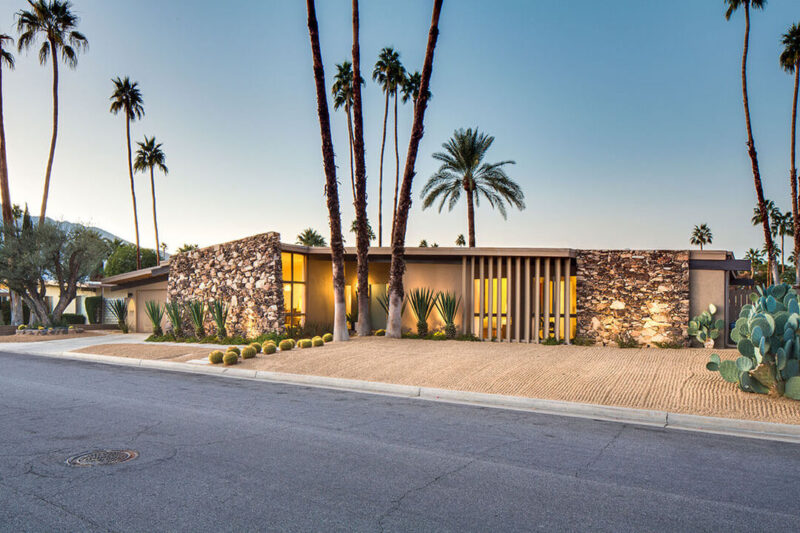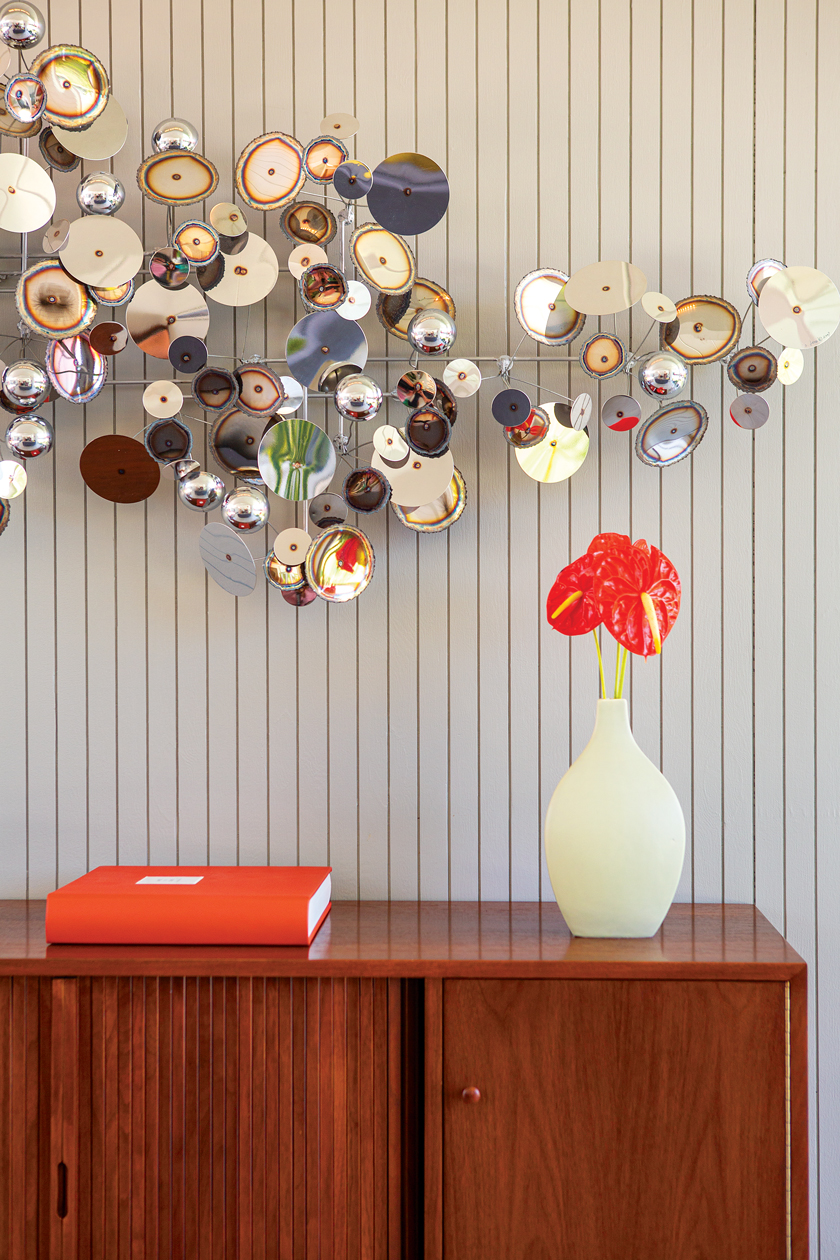When was the MCM era?
If you’ve ever found yourself asking this question, you’re certainly not alone. Many of us can recognize the characteristics of the MCM style, but it is admittedly more difficult to pinpoint the specific time period we call the “Mid Century Modern era.” Let’s take a closer look.

A Blurry Timeline
Unfortunately, the beginning and end of the MCM era are not clearly defined. While some sources argue that it started in the mid-1940s and lasted until the late 1960s, others contest that it actually spanned from the late 1920s until the mid-1960s.
Many architects, like the renowned Frank Lloyd Wright, built beautiful modernist structures that qualify as MCM works, though they predate what is considered to be the MCM era. Similarly, Robert Sonneman, one of the pioneers of modern lighting, didn’t established his company until 1967, just as the MCM era was supposedly ending. Since some MCM structures, such as the Aggregate Wall House, weren’t built until the mid-1970s, it’s possible that the era concludes later than people think.

The Indisputable Decades
While the bookends of the era are up for debate, we know that the MCM movement really took off after World War II. “The 1939 World’s Fair in New York City had brought the geometric forms and clean lines of the Bauhaus and Danish Modernist movements into the American consciousness, but the style didn’t really take shape until the late 1940s, lasting well through the 1960s,” explains Hillary Brown. “At the time, American style was all about embracing the future. It was the era of Sputnik, of astronauts hurtling into space, of the Eisenhower Administration giving way to the Kennedys of Camelot, of the Twilight Zone and the Jetsons.”
With futuristic ideas in mind, the architects and designers of the 1950s and 1960s created works of art that clearly define the Mid Century Modern style.

Exemplary Examples
In 1956, Ludwig Mies van der Rohe designed Crown Hall, the building that houses the Illinois Institute of Technology’s (IIT) College of Architecture. “A National Historic Landmark, Crown Hall is a straightforward expression of construction and materiality, which allows the structure to transcend into art. Its refinement and innovation place it among the most distinguished buildings of its age and define its importance in the history of architecture,” says IIT’s website.
Eero Saarinen was another prominent designer during this time, constructing a variety of buildings that “are not only architectural treasures but also symbols—they capture an era of technology, of futurism, and of optimism.” The David S. Ingalls Rink in New Haven, Connecticut— conceived by Saarinen in 1958—has a “sweeping domed roof,” making it a striking illustration of Mid Century Modern architecture.

Furniture makers also left an impression during the MCM era. Charles and Ray Eames created their famous lounge chair, which Herman Miller calls “one of the most significant designs of the 20th century” and a piece of furniture that “remains ever more relevant today as it was in 1956.” Around this time, Jens Risom also designed his iconic C140 chair, which became a staple in the White House Oval Office during President Lyndon B. Johnson’s tenure.
More Than an Era
Although the term “Mid Century Modern” describes a particular era, it is also a design language that continues today. Many people decorate their homes with Mid Century Modern furnishings and invest in Mid Century Modern real estate. In fact, modern furniture designers still create pieces that embody the simple, elegant style we all know and love. For instance, Craft Associates Furniture offers sleek, functional products that could have easily been sold during the 1950s and 1960s.
Want to learn about another brand that currently makes MCM furniture, home decor and lighting? Check out our article on Ciseal.
And of course, don’t forget to follow us on Instagram, Facebook and Pinterest for more Atomic Ranch articles and ideas!













